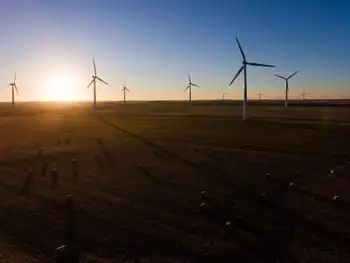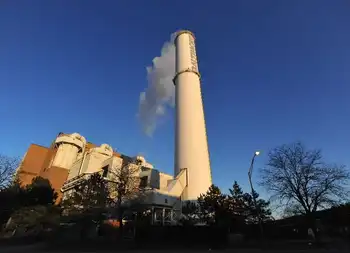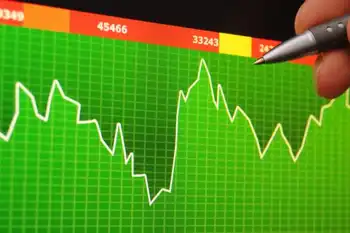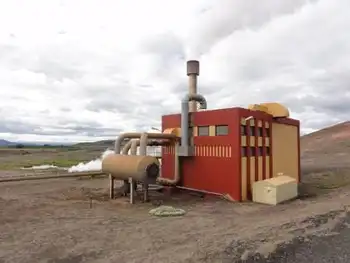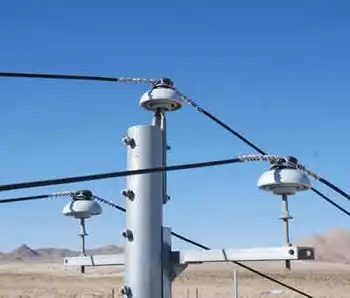Power consumers must become more savvy ‘shoppers’
By Bluefield Daily Telegraph
Substation Relay Protection Training
Our customized live online or in‑person group training can be delivered to your staff at your location.

- Live Online
- 12 hours Instructor-led
- Group Training Available
Meeting with the Daily Telegraph editorial board, communications representatives with Appalachian Power said the company will be filing for a rate increase with the Public Service Commission in coming weeks. If approved, the rate hike will take effect in July.
Utility rate increases are regulated by the state, but they are allowed to pass on their increased business costs to consumers. In short, when the products they purchase to produce electricity go up, we have to bite the bullet.
In the case of electricity, there are two key factors driving the seemingly never-ending rate hikes: Clean air and environmental regulations that have been implemented in recent years (mandating scrubbers and other equipment at coal-generating power plants) and a rising cost of coal.
In 2007 and 2008, Appalachian Power customers in the Mountain State saw rate increases of 10 to 11 percent. This year another increase is expected, primarily due to the high cost of coal, Jeri Matheney, corporate communications manager for Appalachian Power, said.
Although Matheney did not have specific numbers to provide to the editorial board, she did say, “I think we can look for something along those lines” this year.
In West Virginia, 99 percent of the electricity generated by Appalachian Power comes from coal. The remaining 1 percent is from wind and hydropower, APCO Communications Manager Phil Moye told the board.
Recently, coal prices have taken a dip, but they continue to be much, much higher than they were a decade ago. And despite the jump in prices, coal remains the most cost efficient fossil fuel to generate electricity.
Just before meeting with Matheney and Moye, the Telegraph editorial board also met with Virginia-side Appalachian Power representatives.
During that session Daniel Carson Jr., vice president of Appalachian Power, and company spokesman Todd Burns discussed in detail the factors behind the huge 19.3 percent base rate increase that took effect in the Commonwealth last year. Again, a variety of environmental compliance investments were cited as among the factors for the rate hike — an increase many local residents said led to monthly electric bills that doubled when the increase took effect.
One interesting aspect of both meetings was the encouragement of the Appalachian Power representatives for consumers to become more energy efficient. They emphasized now may be a good time to invest in energy-efficient appliances and other cost-saving measures such as home insulation.
The company reps emphasis on saving money brought to mind memories of my grandfather, who remembered the Great Depression quite well and remained conscientious of the importance of saving money until his death in 1990.
Recently, I heard an expression on television that I recalled my grandfather using often during my childhood when we kids were constantly running inside and out during summer or winter months. “Don’t let all the store-bought air out,” he’d say, mindful of the heating and cooling costs that ultimately would show up on each month’s “power bill.”
I realized, despite my grandfatherÂ’s solid advice, I had become quite careless with my electricity usage.
If the house was chilly, IÂ’d crank up the heat without a second thought. My new favorite gadget was constantly flashing electronic picture frames. My cell phone charger remained plugged into an outlet 24/7, regardless that it uses electricity even if the phone is not hooked up and charging.
Through discussions with the Appalachian Power officials I also discovered I was making one of the worst energy-waste mistakes. The officials noted when many people purchase new energy efficient refrigerators for their kitchens, they hook up the old ones in a garage or other room of the house.
Guilty as charged.
Our old Â’fridge is in a basement room, used solely to store extra soft drinks. The result of this ready supply of cold pop? Dollars and cents added to our monthly electric bill.
Factors such as higher coal costs, power plant scrubbers and other environmental mandates may not make consumers feel better when they get a look at their soaring electric bills each month. But it is important to know whatÂ’s behind the cost, and to be aware of whatÂ’s in store for the future.
Knowledge truly is a powerful tool. And if we know electric rate increases are likely to continue, we can become more aware of our energy consumption and take steps to lower it.
Like it or not, the outlook on the horizon for utility rate costs does not look good for residents of West Virginia and Virginia. So now it is up to us to become more savvy “shoppers,” so to speak, of electricity.
The power — literally and figuratively — is in our hands.






